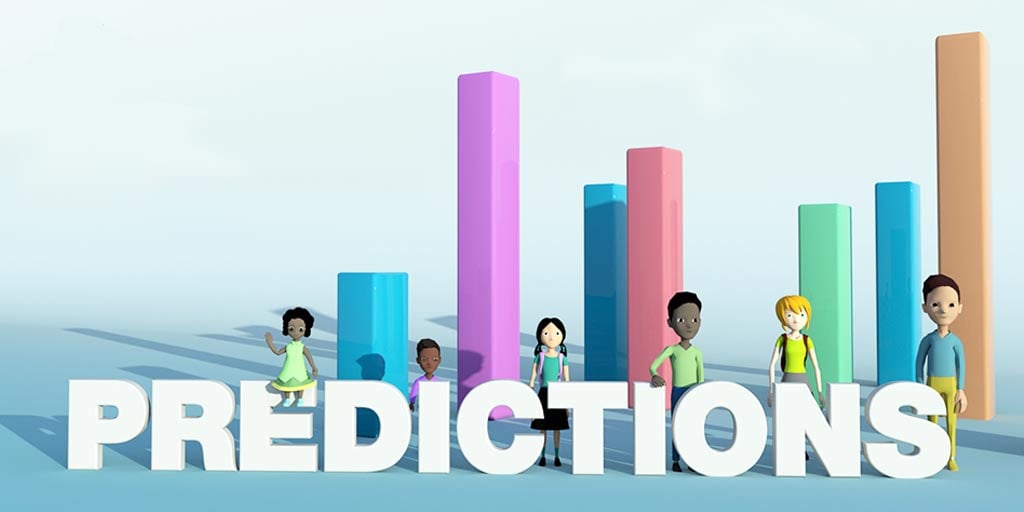How do we make predictions of future exam outcomes?
By Andrew Lyth, Statistician, Cambridge Insight "Prediction is very difficult, especially if it's about the future." - Nils Bohr At Cambridge...

Login | Support | Contact us
Cambridge Insight : Oct 4, 2020 1:56:00 PM
2 min read

Teachers are not fortune tellers or magicians despite the wonders they can often work. Guiding students through their exams is not just about drilling through course content, but also illuminating all the possibilities for their future, including (but not limited to) their exam outcomes.
But predictions aren’t found by gazing into a crystal ball or to be pulled out of a hat. So how do we come up with predictions?
Schools already have a lot of information about each of their students, evidence they can use to form the basis of their individual predictions for their exams. This may come in the form of:
However, using evidence of prior attainment to support a student’s predicted grade is no guarantee of the outcome.
When we talk about prior attainment, we mean any recorded results from in-class assessments, mock exams or GCSEs.
This year particularly, using prior attainment as a basis for predictions has not been without its difficulties. For example mock exams are notorious for not being taken seriously. Some students underprepare, and all course content may not have been covered at that point, so there is always a question of whether their results are an accurate reflection of their ability.
Even in normal circumstances, we know that there are so many factors that can happen on the day of an exam, from not having breakfast to the panic of a pen not working, that can affect a student’s performance and outcome.
If a student has knowingly underperformed at GCSE and then is told they will likely repeat this at A Level, where is the motivation and drive to succeed?
Or if they have achieved high grades at GCSE and expect the same for A Level, only to struggle with the course content, does this engender a feeling of failure?
Using only prior attainment to base predictions on comes with a large health warning. The focus on a single grade outcome, and the limited amount of information that you can learn from that, cannot fully inform a student’s, or their teacher’s, next steps. There is no accounting for a student’s personal context or possible influencing factors.
The results of a baseline assessment are inherently different to the results from prior attainment. Baseline data is a snapshot of a student’s current ability and it is certainly not a certificate to take home.
Our Alis assessment provides predictive data in the form of Chances Graphs. Because the data shows the statistical probabilities of achieving a range of grades, rather than giving a single predicted grade, sharing this information can be an incredibly useful tool to aid the learning conversations with students and support discussions with parents.
It is particularly useful between a student and a teacher who knows them well and can have a holistic understanding of their abilities and circumstances.
Discussing and sharing the data is key. Key to asking better questions. Key to setting realistic and aspirational expectations for students, teachers and parents. And key to informing teaching and learning strategies in the classroom to give students the best chance of achieving their best predicted outcome.
People will make the difference, not the data. But it can help.

By Andrew Lyth, Statistician, Cambridge Insight "Prediction is very difficult, especially if it's about the future." - Nils Bohr At Cambridge...

By Dr Matthew Carroll, Research Division, Cambridge University Press & Assessment When we produce an assessment, we need to know that it is measuring...

Have schools got the ‘perfect’ system where every student achieves the grade they want? Unlikely. There are a number of factors that can get in the...